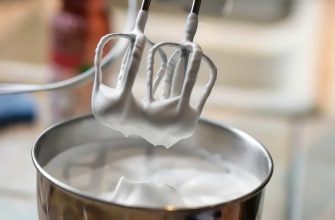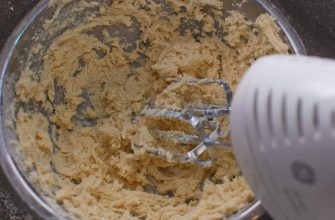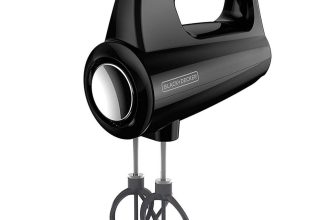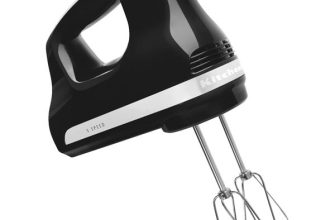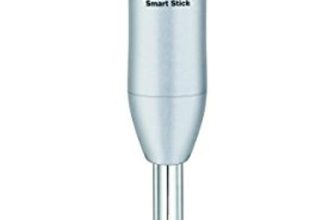Hand Beater Vs Stand Mixer
This article describes the history of hand beaters, the cost-effectiveness of a hand beater, and its efficiency when compared to a stand mixer or a non-electric rotary egg beater. You’ll also learn about the size of a hand beater and its advantages and disadvantages over stand mixers. But before you decide whether you should purchase a hand beater or a stand mixer, learn a little bit about their past uses.
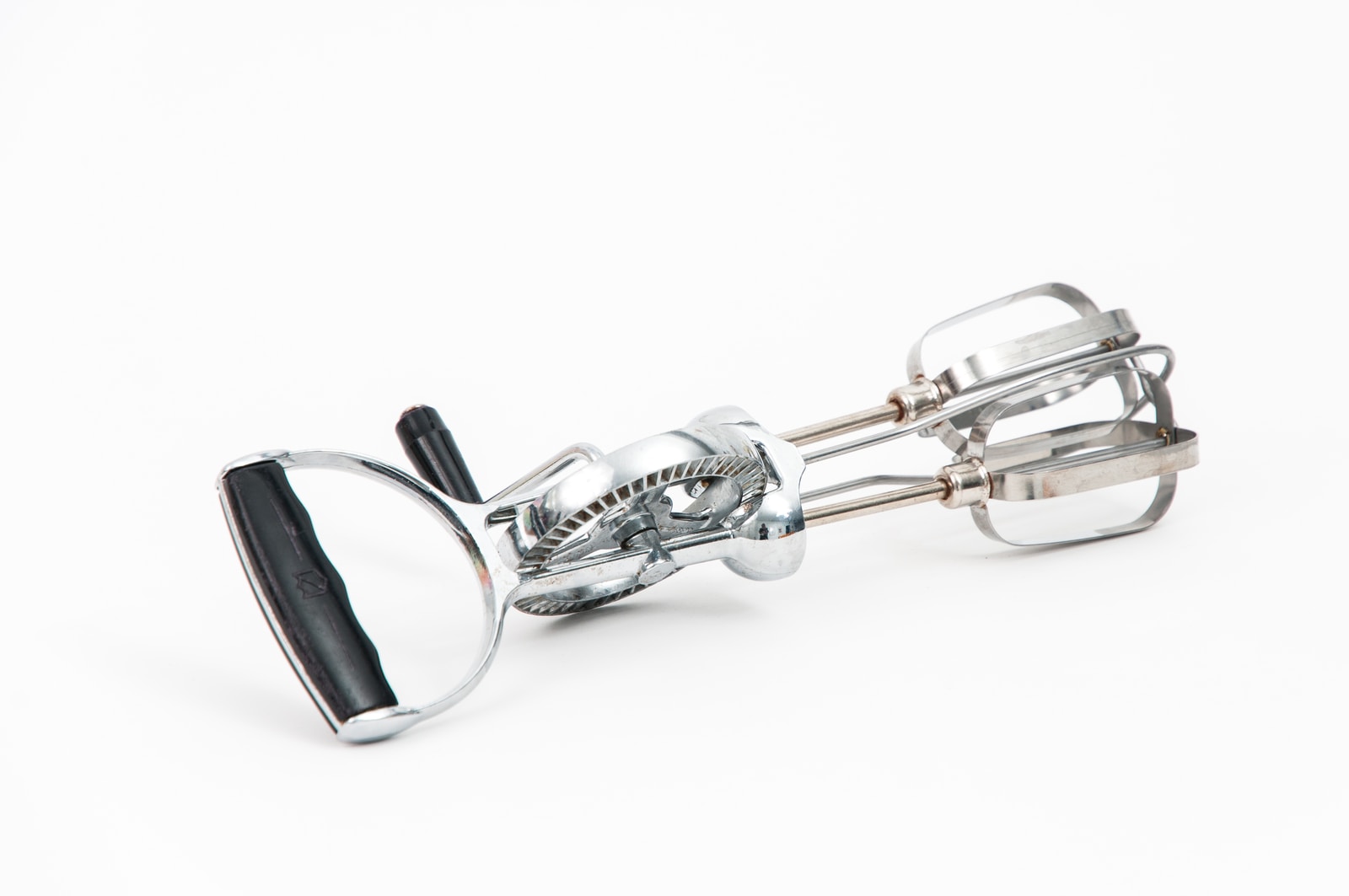
Past uses of hand beaters
Hand beaters have a variety of uses. Most of them are about nine inches tall and have a handle on top and a crank in the middle. These mixers need two hands to operate – one hand directs the beaters, while the other hand turns the crank, which turns gears inside the jar that rotate the beaters. Beaters, which are also called blades, are circular, dull-edged, and rotate either clockwise or counterclockwise.
The simplest form of hand beaters is for mixing and blending ingredients. They usually have circular blades, but modern versions tend to be the same as those used in electric hand mixers. Newer hand beaters are usually dishwasher-safe, which is an added bonus. Hand beaters are useful for all sorts of things, from whipping cream to mixing egg whites. While hand mixers are more efficient, some people still prefer them for lighter ingredients, such as sugar and flour.
Hand mixers are electric, portable mixing tools that have two removable metal beaters. Some hand mixers have a whisk, too. Each of these beaters is designed to do different tasks. In the modern kitchen, they’re a convenient, versatile option for preparing a wide variety of foods. Hand mixers are great for whipping cream, cake batter, cookie dough, and egg preparation. And because they’re portable, they’re great for mixing and blending a variety of different ingredients.
Cost-effectiveness of hand beaters compared to stand mixers
In the end, the choice between stand mixers and hand beaters should be based on your personal preferences. Some people prefer stand mixers for their versatility and ease of use. Others choose hand beaters for their price. It’s not always necessary to own a high-end mixer to make a variety of delicious recipes. Regardless of your preference, hand beaters can make your baking tasks a lot easier.
Besides being more portable and easily stored, hand mixers are much cheaper than stand mixers. They also don’t take up counter space. Although stand mixers are more expensive and take up more counter space, they can perform all the functions of a hand mixer. Hand mixers are also easier to use, but they usually take longer to mix. Also, hand mixers are often easier to wash than stand mixers.
A stand mixer’s design and size can be an asset if you’re limited by counter space. A hand mixer, however, has a small, portable frame and easily removable attachments. Both are easy to use and store. In addition to their size and price, hand beaters are compact, allowing you to store them in a drawer or cabinet whenever you aren’t using them.
Efficiency of electric hand mixers compared to non-electric rotary egg beaters
An electric hand mixer is a handy and versatile kitchen tool that comes with two removable metal whisks. These hand mixers are powered by electricity and come with variable speed controls and a button to eject the beaters. Non-electric rotary egg beaters are a kitchen staple decades ago but were replaced by an electric version in the early 1900s. Both types of hand mixers whisk eggs and cream, and some even come with a whisk.
One advantage of electric hand mixers is their efficiency. They can whip up ingredients faster than non-electric rotary egg beaters. Electric mixers can cause noise, which can be distracting. In contrast, a non-electric hand mixer can mix ingredients without causing a mess. In addition, stainless steel beaters can be washed in a dishwasher for easy cleaning.
The electric hand mixer is considered more efficient than non-electric rotary egg beaters, as they are powered by a constant source of power. This means less work and less time required to mix ingredients. While many households still own rotary egg beaters, the electric portable hand mixer has numerous advantages. It is the ideal appliance for whipping cream, mixing cake batter, creating whipped cream and dressings, and even making mashed potatoes.
Non-electric Hand Mixers are not without flaws. Some manufacturers exaggerate their claims and make them seem better. But the truth is that they are rarely better than their non-electric counterparts. The key is to find one that meets your requirements and your budget. This can be done with the help of reviews. The best way to make a decision is to read the reviews and ratings of real users.
Size of a hand beater compared to a stand mixer
The size of a hand beater vs. a stand mixer is an important question to ask before buying either of these devices. A hand beater is much more compact and lightweight and comes with just a whisk attachment, while a stand mixer has a base and bowl. However, the stand mixer is more expensive and usually has more power. Which one is right for you?
The hand mixer is smaller and fits better into small kitchens. It also works better on a budget. A stand mixer requires more space and is heavier, but it is capable of handling heavier batters and bread dough. It also produces quicker results than a hand mixer. Both types of mixers include flat and paddle beaters. These attachments work differently. One is used for general mixing while the other is used for more complicated tasks such as kneading bread dough.
Styles of hand beaters
When you’re baking, you need to get a hand beater. While you can certainly use a whisk, these beaters are more effective. Hand beaters are available in several styles, and they make your job much easier. Listed below are some of the styles to consider. Here is an overview of each style. This article will highlight the benefits of each. The style that best suits your needs will be discussed in this article.

